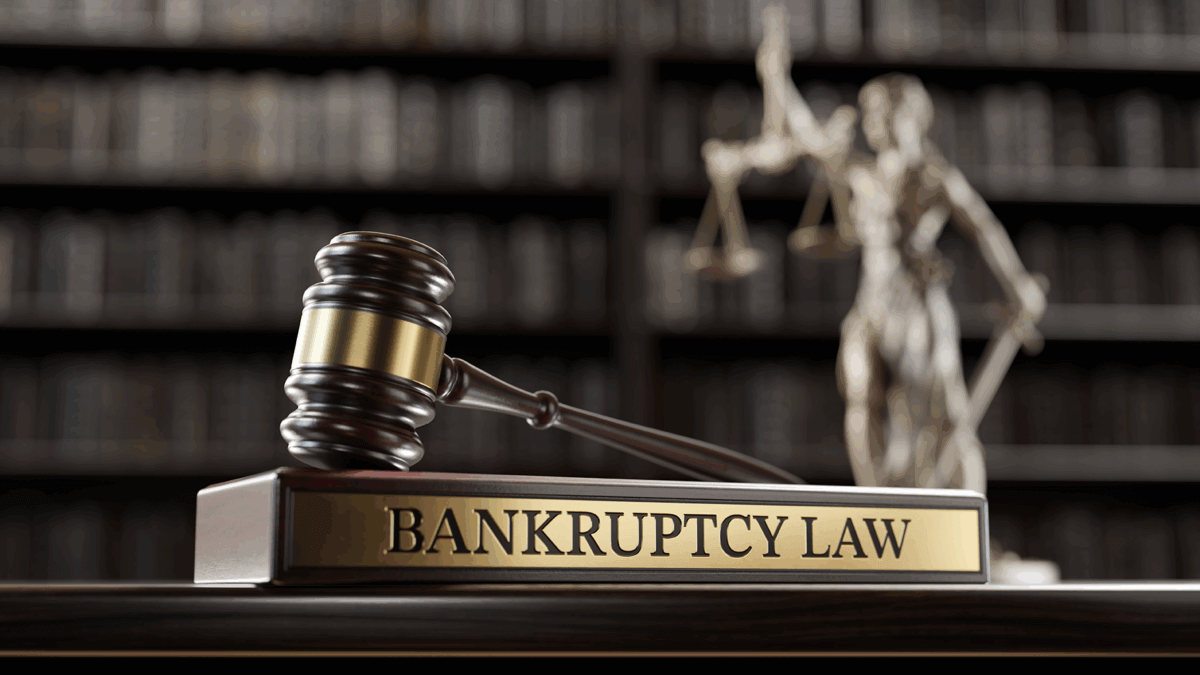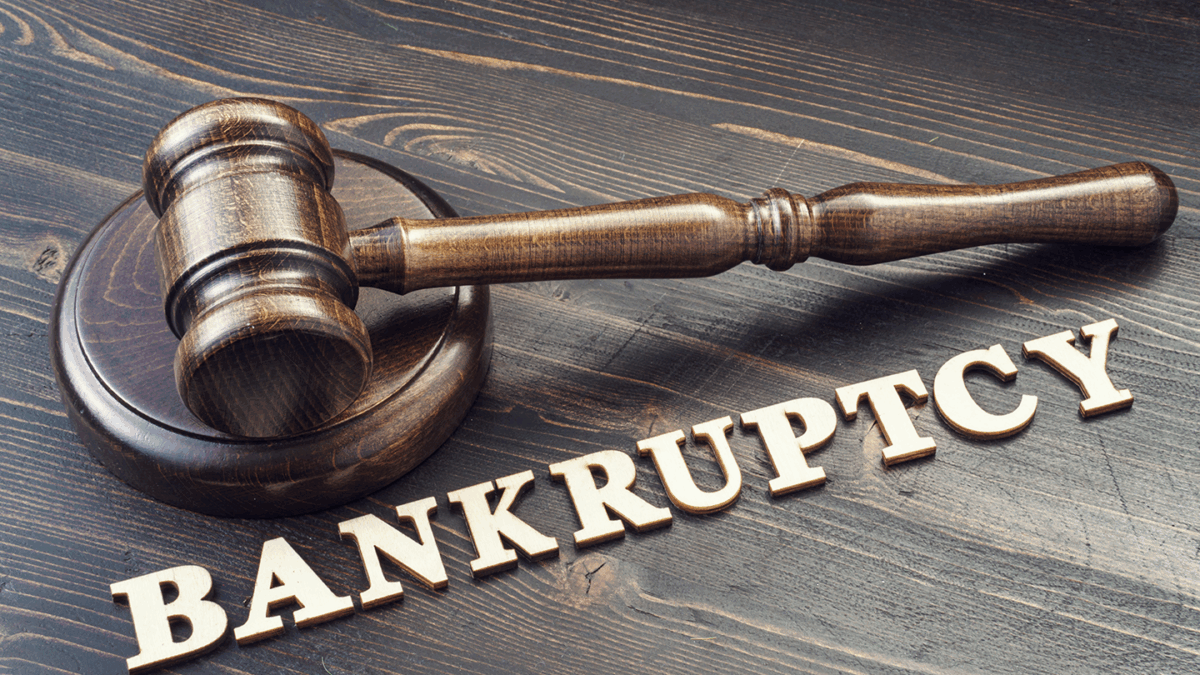
The Foreign Earned Income Exclusion
February 27, 2025
Succession Planning Guide for Business Owners
May 2, 2025When Should a Business Consider Bankruptcy?
A Complete Guide for Business Owners
Bankruptcy is a word no business owner wants to hear, but sometimes, it’s the most strategic decision a company can make. Whether due to a tough economy, internal mismanagement, or unexpected events, financial hardship can hit even the most resilient businesses. Knowing when to consider bankruptcy and understanding your options can save your business or help you exit gracefully.
This guide explains when bankruptcy may be necessary, what debts can and cannot be discharged, the different bankruptcy chapters available, and alternatives worth exploring. We also examine the benefits of filing, plus the short- and long-term impacts on your business and personal finances
What Is Business Bankruptcy?
Business bankruptcy is a legal process where a business that cannot pay its debts seeks relief through the courts. Bankruptcy can either eliminate debt, reorganize it for repayment, or lead to asset liquidation.
What Can’t Be Discharged in Bankruptcy?
While bankruptcy can eliminate many debts, certain obligations cannot be discharged. These include:
- Payroll taxes and trust fund taxes
- Debts for willful or malicious injury
- Fraudulent debts
- Debts arising from embezzlement or larceny
- Court-ordered penalties or fines
- Certain secured debts (unless the collateral is surrendered)
For business owners who are personally liable (e.g., sole proprietors or those with personal guarantees), these non-dischargeable debts can still haunt you even after the business is closed.

Types of Business Bankruptcy: Chapter Breakdown
Understanding the differences between Chapter 7, Chapter 11, and Chapter 13 bankruptcies is essential.
Chapter 7 Bankruptcy: Liquidation
- Best for: Sole proprietorships, partnerships, and corporations with no path to recovery.
- Process: Business operations cease, assets are liquidated, and the proceeds go to creditors.
- Impact: The business is dissolved. Owners of sole proprietorships may receive personal discharge of debts.
Chapter 11 Bankruptcy: Reorganization
- Best for: Corporations, LLCs, and partnerships with viable operations that need debt relief.
- Process: The business continues to operate while restructuring debts under court supervision. A plan is submitted to creditors for approval.
- Impact: Allows time to improve cash flow and continue operations while debts are managed.
Chapter 13 Bankruptcy: Personal Reorganization
- Best for: Sole proprietors (not corporations or partnerships).
- Process: Debts are reorganized into a 3-5 year repayment plan while the business continues to operate.
- Impact: Protects personal assets, especially if the business owner is liable for business debts
Visit the US Bankruptcy Court website for more information
Choosing the Right Chapter Based on Business Structure
- Sole Proprietorship: Can file Chapter 7 or Chapter 13. Since the business and owner are legally the same, personal assets are at risk.
- Partnership: Can file Chapter 7 or Chapter 11. In Chapter 7, partners may face personal liability.
- Corporation or LLC: Can file Chapter 7 or Chapter 11. Owners are not personally liable unless they signed personal guarantees.
Benefits of Filing for Bankruptcy
Bankruptcy is not a failure — it’s a legal tool for restructuring or closing with dignity. Benefits include:
- Automatic stay: Stops collections, lawsuits, and foreclosures
- Debt relief: Discharge of eligible debts
- Reorganization: Opportunity to restructure finances
- Asset protection: Shields exempt property (especially in personal filings)
- Time to regroup: Especially with Chapter 11 and 13
Alternatives to Bankruptcy
Before choosing bankruptcy, consider these options:
- Debt Settlement: Negotiate directly with creditors to reduce amounts owed.
- Debt Consolidation: Roll multiple debts into one manageable payment.
- Business Restructuring: Cut costs, sell assets, or pivot business models.
- Seeking Investors or Loans: Equity financing may provide a lifeline.
- Assignment for the Benefit of Creditors (ABC): An out-of-court alternative to bankruptcy where assets are assigned to a trustee.
Each option comes with its own pros and cons, and may or may not be suitable depending on your business structure and level of debt.
Short-Term Impacts of Bankruptcy
- Credit Impact: Business and personal credit scores may drop
- Loss of Vendor Trust: Suppliers may stop extending credit
- Public Disclosure: Bankruptcy filings are public record
- Operational Changes: Especially under Chapter 11, the court may oversee major decisions

Long-Term Impacts of Bankruptcy
- Rebuilding Credit: May take years to regain borrowing power
- Business Reputation: Some clients and vendors may hesitate to work with a formerly bankrupt business
- Entrepreneurial Limits: Future business ventures may be scrutinized by investors or lenders
- Legal and Financial Learning Curve: Bankruptcy often prompts improvements in financial literacy and controls
Conclusion
Bankruptcy is not the end of the road for your business. In many cases, it’s the beginning of a more sustainable and realistic path forward. Whether through liquidation or reorganization, the process offers a structured way to deal with insurmountable debt.
Still, it’s a serious step that requires professional guidance. If you’re facing financial difficulty, speak with a qualified accountant or legal advisor.
FSMC Bookkeeping Services, through our attorney and notario partners, proudly supports businesses in the USA and Mexico. Our team can help you understand your financial standing and explore every available option — from restructuring to filing and beyond.

